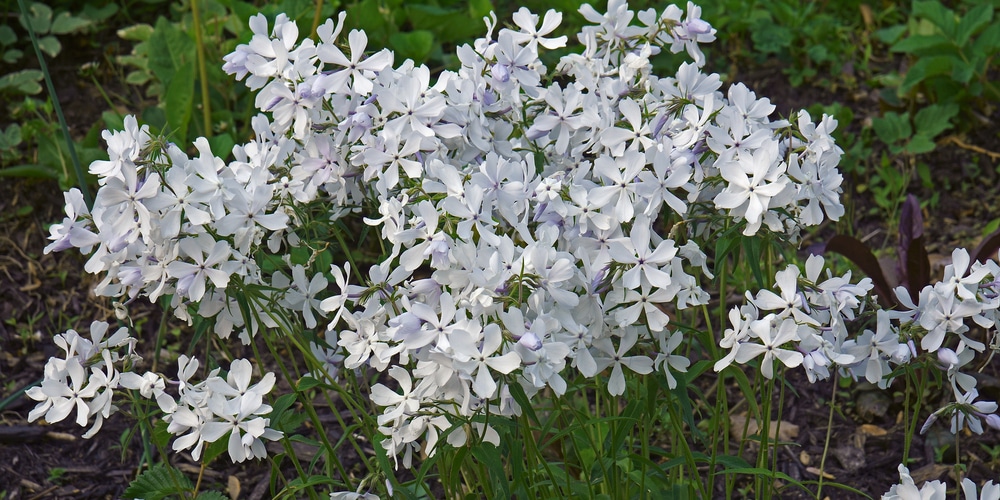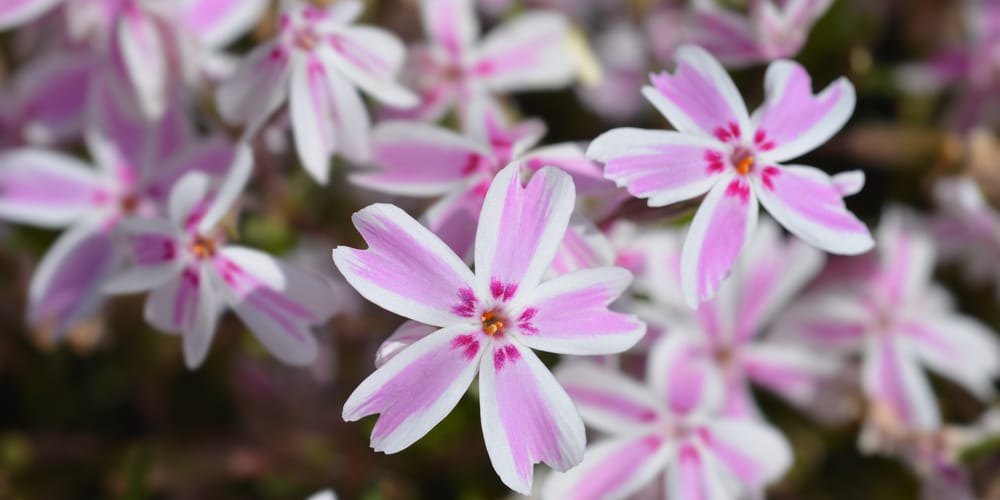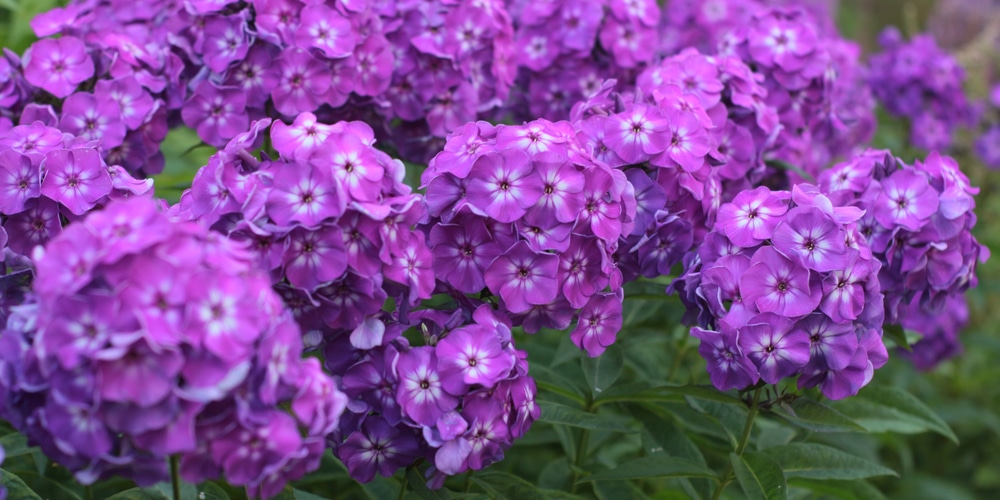Phlox is a gorgeous flowering plant that produces delicate-looking star-shaped blooms. There are several varieties and different colors of this plant, including white, purple, pink, blue, and red. As you may imagine, the main attraction of this plant is its flowers. If you wonder: “why is my phlox not flowering?” you have landed in the right place.
Sometimes, even healthy-looking phlox might not produce blooms. In this essential guide, we’ll go through everything that might be affecting your plant’s inability to produce blooms.
Why is my Phlox Not Flowering: Common Reasons

You can expect phlox to bloom in mid-spring through early summer. Some varieties might bloom later, but if your phlox isn’t blooming, you might want to take measures to ensure it does.
Usually, there are a couple of common reasons that might be causing your plants not to produce blooms. Here is a list of some of the most popular:
- Your phlox must receive at least six hours of direct sunlight per day. Without it, the lack of lighting might contribute to its inability to produce blooms.
- If you have grown phlox before, you might be familiar with its susceptibility to powdery mildew. This fungal infection can weaken your plant and result in no flower production. If you are dealing with this disease, your plant might not produce flowers.
- Don’t plant your phlox around trees or plants that might compete with it for water and nutrients. It may affect flower production.
- Pruning your plant might help with boosting flower production, but doing it at the wrong time of the year can be counterproductive. Never prune your plant in spring or summer, as doing so will affect the flowering season.
- While fertilizer can aid a plant’s growth and enhance blooming, too much of it will be detrimental. Don’t forget to follow the instructions you find on a product’s label and pick balanced fertilizers. Too much nitrogen will cause excessive leaf growth at the expense of flowers.
- Avoid allowing your plant to overgrow: don’t forget to periodically divide your phlox to keep it healthy and allow it to concentrate its energies in the flowering process.
But what can you do to prevent that from happening in the first place? Jump to the following sections to learn some of our favorite tips and tricks for growing phlox.
Growing Phlox: Our Tips
To begin with, remember to plant phlox in your garden if you live in a suitable USDA hardiness zone (between 4 and 9 is ideal).
Also, we recommend you do a soil test before planting to get familiar with which amendments you will need to recreate the optimal conditions for this plant’s growth.
Don’t forget that phlox love well-draining substrates: add a thick layer of mulch around your plants to increase water retention and improve drainage and remember to tilt the soil before planting your phlox.
Also, adding compost or manure to your plants will increase the soil’s nutrient content and improve its texture and quality. For instance, it will ensure proper aeration and help oxygen get to the roots, which will make your plants healthier.
If you are having issues with drainage, you may also consider adding some perlite or vermiculite to your substrate.
Your phlox will usually tolerate light drought, but we recommend you water it at least once a week. Don’t forget to add water to the soil without wetting your plant’s leaves. It will prevent the spread of powdery mildew.
Why Should You Prune Your Phlox?
Trimming your plant is an essential step in keeping it healthy. It isn’t a particularly challenging activity, but it will make a difference in the health of your plants.
Depending on the variety, you might have to slightly prune it after the blooming season to keep your plant in shape or regularly trim its edges to ensure adequate airflow (and prevent severe diseases such as powdery mildew).
We recommend pruning your plant’s foliage using shears after the blooming season. Doing so will make your plant hardier for the next growing season.
Also, if you want to enjoy blooms for longer, don’t forget to deadhead flowers: it will encourage increased flower production.
If you are dealing with a powdery mildew infection (which is easy to spot: if you notice a white film on the plant’s foliage, that’s it!), you must cut infected stems and leaves to minimize its spread.
Don’t forget to sterilize your shears and wash your hands. If the infection is severe, you may have to purchase a treatment product.
Related Article: How Long do Creeping Phlox Bloom?


I have talk phlox. They don’t bloom. They are in a sunny area and get shade late afternoon. The plant is tall and luscious but no blooms. HELP
This is not a duplicate posting.